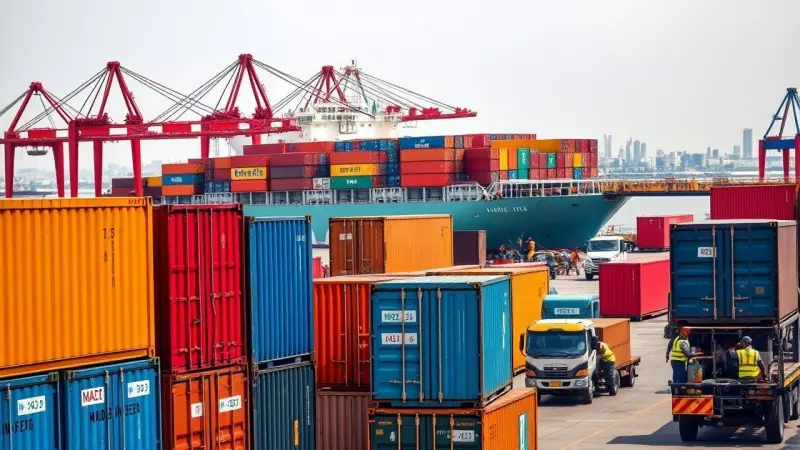
India's export sector is undergoing a dramatic transformation, moving beyond its traditional reliance on low-cost advantages to embrace a technology-first approach that's reshaping global trade dynamics. As international competition intensifies, Indian exporters are leveraging cutting-edge solutions to maintain their competitive edge in the global marketplace.
The New Competitive Arsenal: Technology Takes Center Stage
While cost-effectiveness remains a crucial factor, Indian exporters are increasingly recognizing that sustainable competitiveness requires more than just price advantages. The focus has shifted toward integrating advanced technologies across the entire export value chain, from manufacturing to logistics and customer engagement.
Key Technological Drivers Revolutionizing Indian Exports
- Digital Supply Chain Management: Real-time tracking, predictive analytics, and automated inventory systems are optimizing export operations
- AI-Powered Quality Control: Machine learning algorithms are enhancing product quality and reducing defects
- Blockchain for Trade Finance: Secure and transparent transaction systems are speeding up international payments
- IoT in Logistics: Smart monitoring of shipments ensures better delivery timelines and condition management
Strategic Shifts Making Indian Exports Future-Ready
The evolution of India's export strategy represents a fundamental shift in approach. Rather than competing solely on price, exporters are building capabilities that deliver superior value through innovation, reliability, and customer-centric solutions.
Building Sustainable Competitive Advantages
- Skill Development: Investing in workforce training for technology adoption and digital literacy
- Infrastructure Modernization: Upgrading ports, logistics networks, and digital infrastructure
- Market Intelligence: Using data analytics to identify emerging opportunities and consumer trends
- Green Technologies: Incorporating sustainable practices to meet global environmental standards
The Road Ahead: Challenges and Opportunities
While the transition toward technology-driven exports shows promising results, several challenges remain. Small and medium enterprises need greater support in adopting digital tools, and infrastructure gaps in certain sectors require urgent attention. However, the potential rewards are substantial.
The future of Indian exports lies in this balanced approach: maintaining cost efficiency while simultaneously building technological capabilities that create unique value propositions. This dual strategy positions India not just as a low-cost manufacturing hub, but as a sophisticated, reliable partner in global supply chains.
As global trade patterns continue to evolve, India's ability to combine its traditional strengths with technological innovation will determine its position in the international export landscape. The journey from cost leadership to technology leadership represents the next chapter in India's export success story.





